The Salkantay Trek is much more than just another route to Machu Picchu. It's a special experience that will take you away from the crowds and into the heart of adventure! The Salkantay is a great alternative to the Inca Trail. It's not as crowded, so you get to enjoy the trek through some deserted valleys, mountain passes and cloud forests. This is the perfect place for you to go in search of adventure! On this trail, you'll be able to explore and experience the unspoiled nature.
At Bookatrekking.com, we're here to make sure you get the most out of your Salkantay Trek. Our crew is ready with all the knowledge, tips, and practical help you could possibly need to make your adventure unforgettable. From your preparation to the final stretch to Machu Picchu, we'll make sure your trip offers not only everything you hope for, but maybe even more.



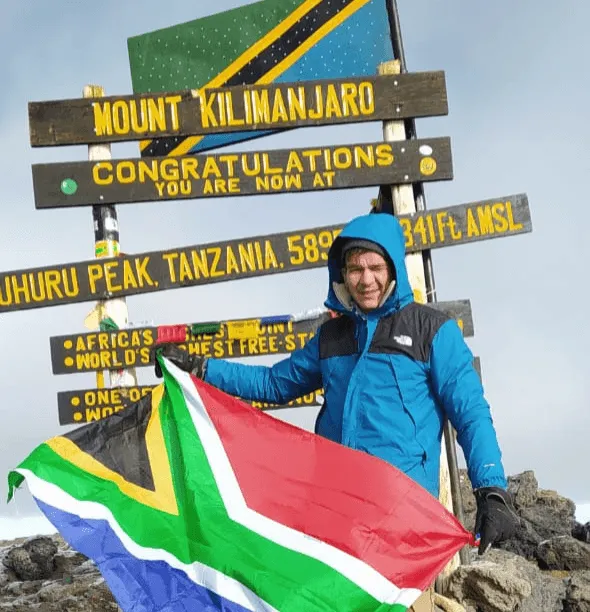
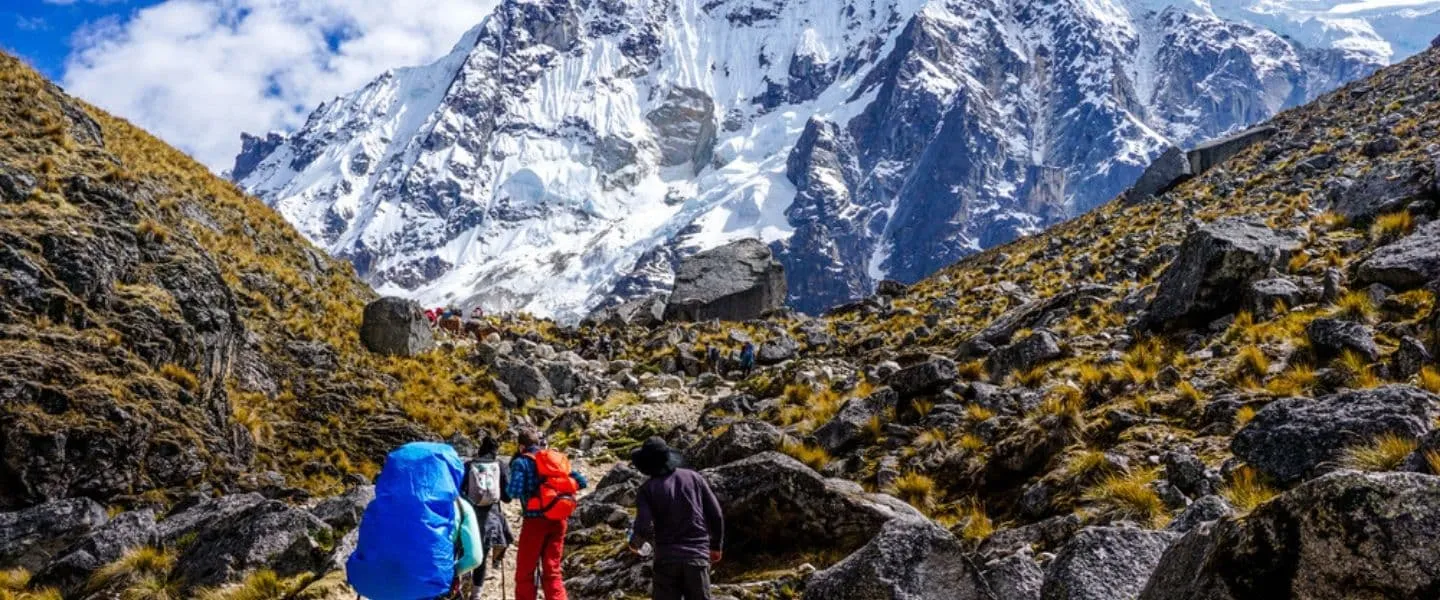
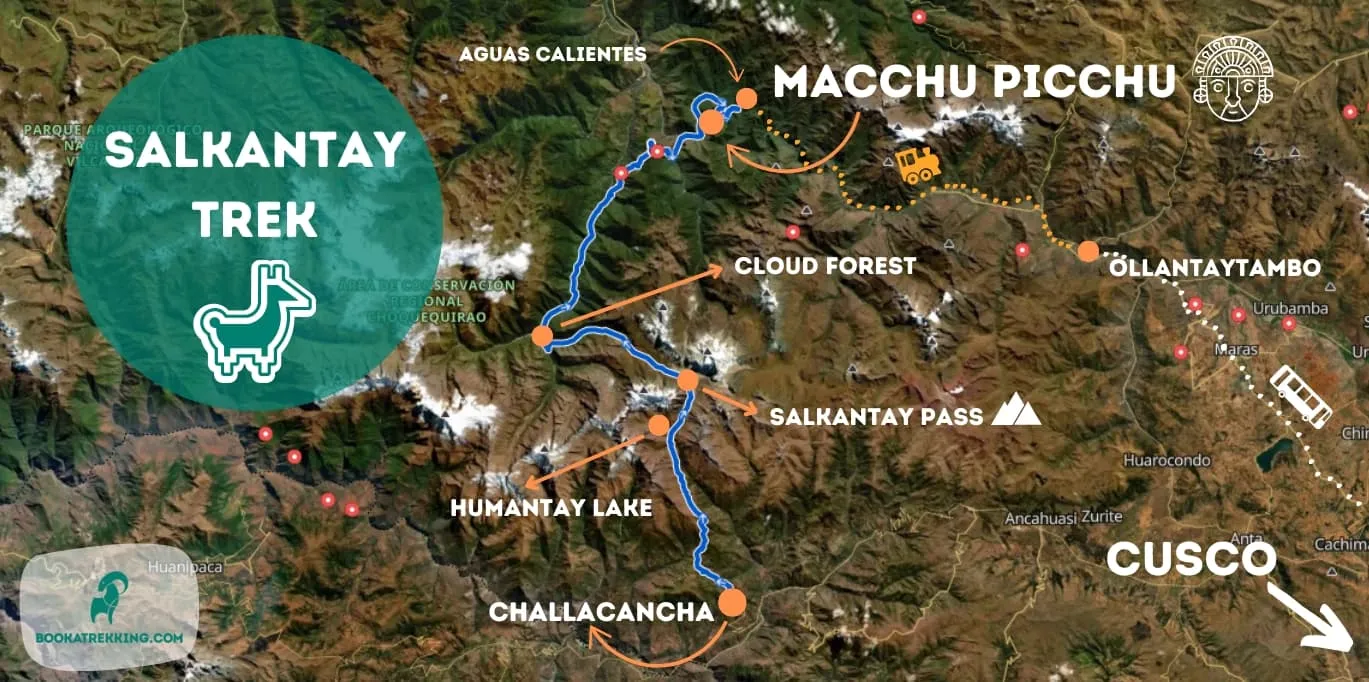
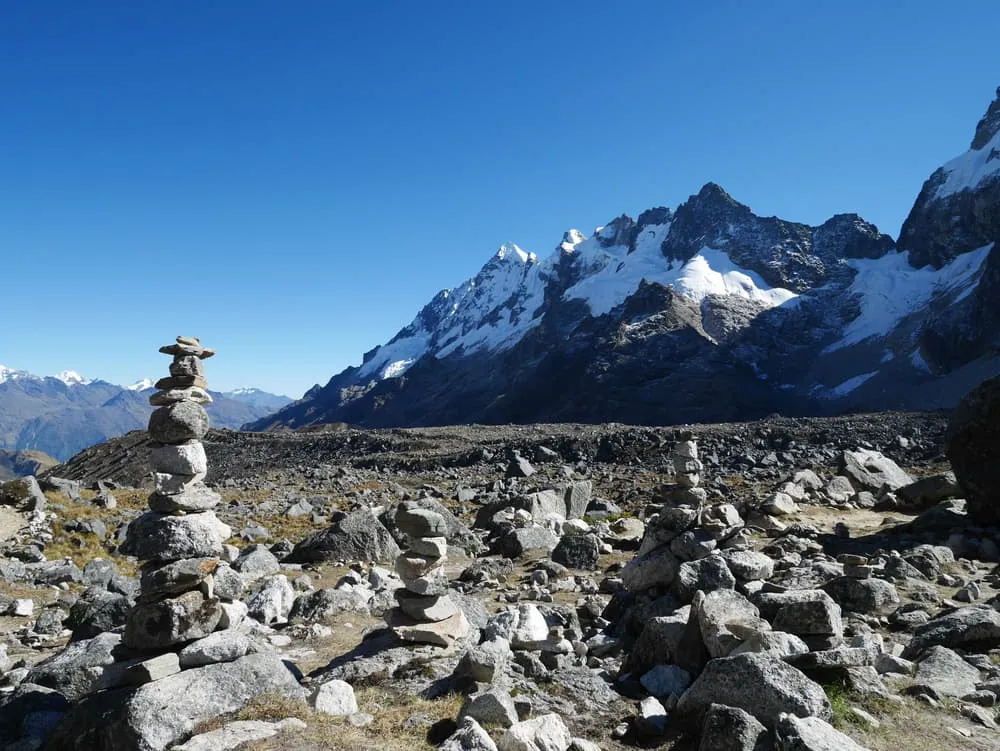
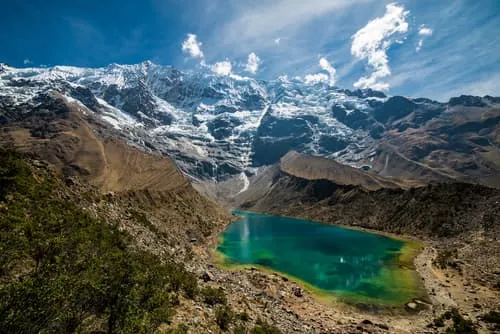


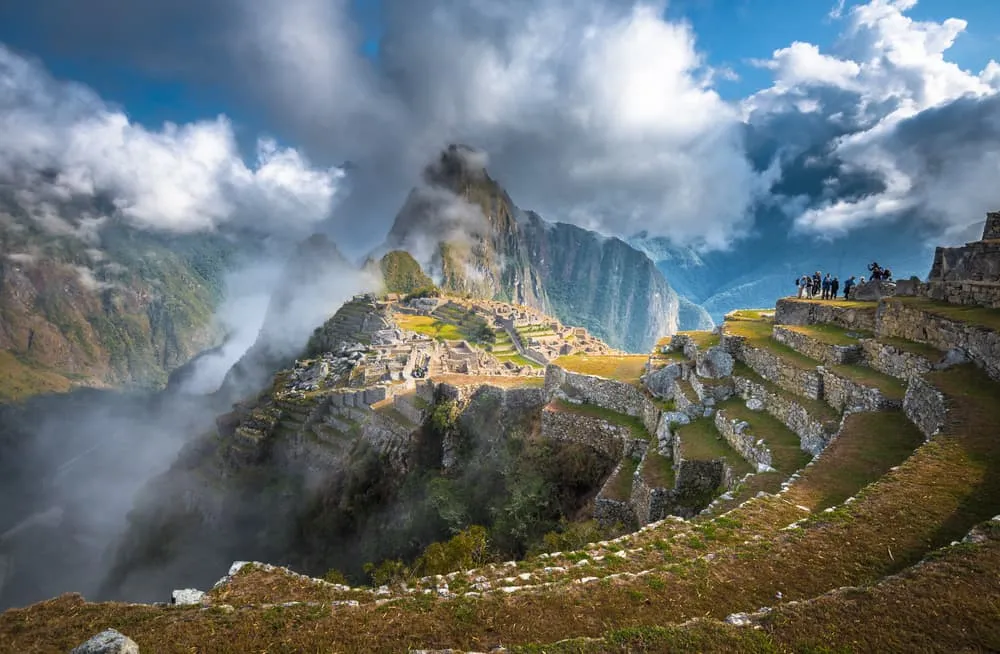
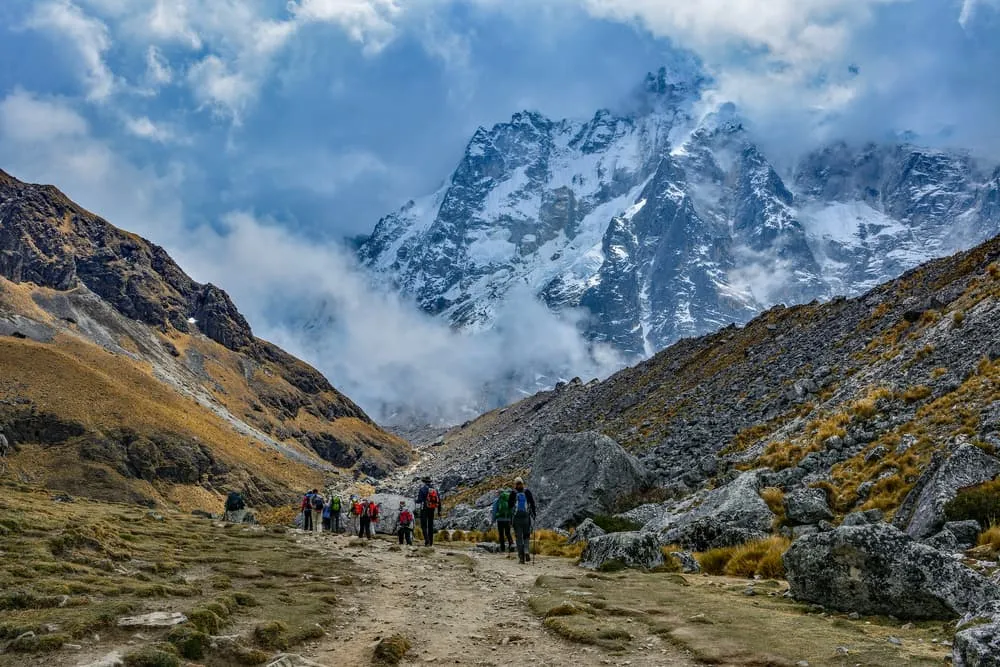
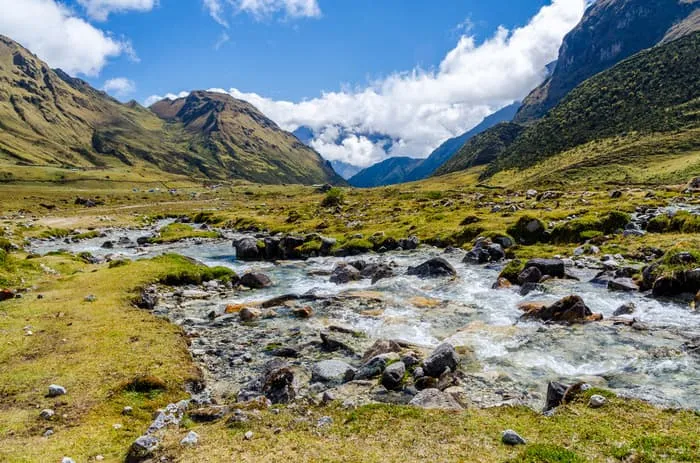


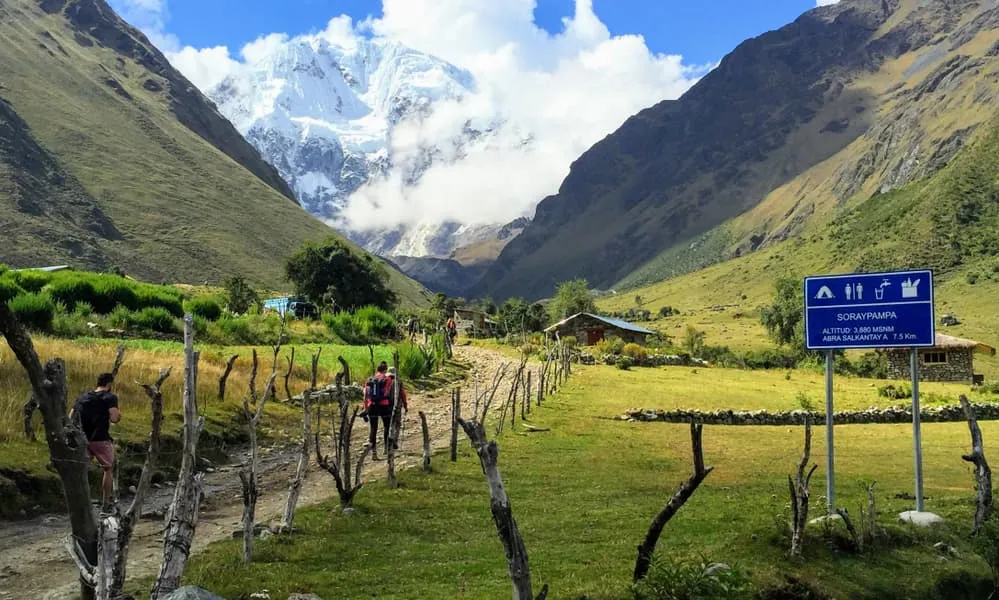
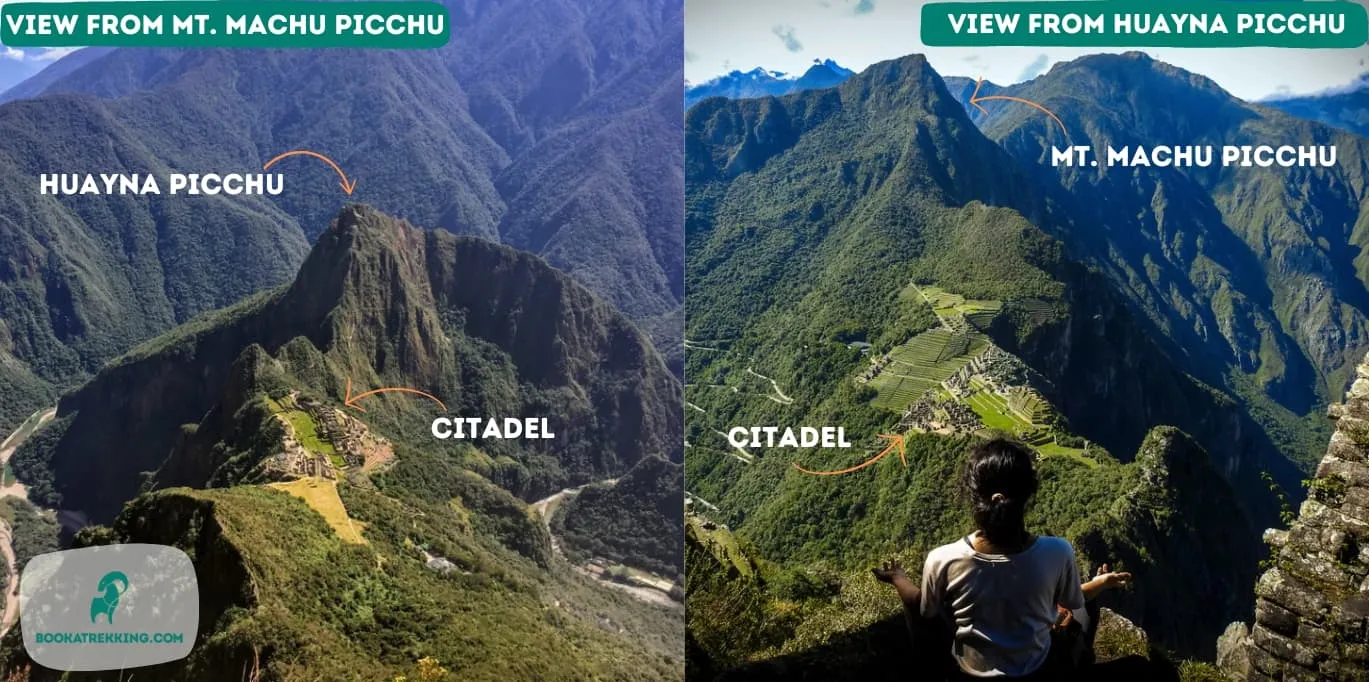
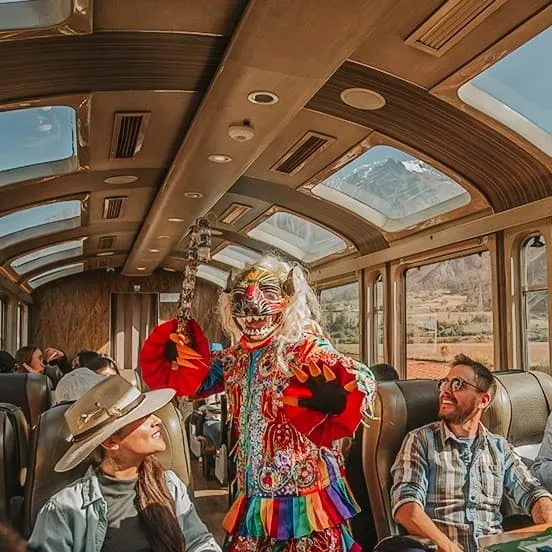
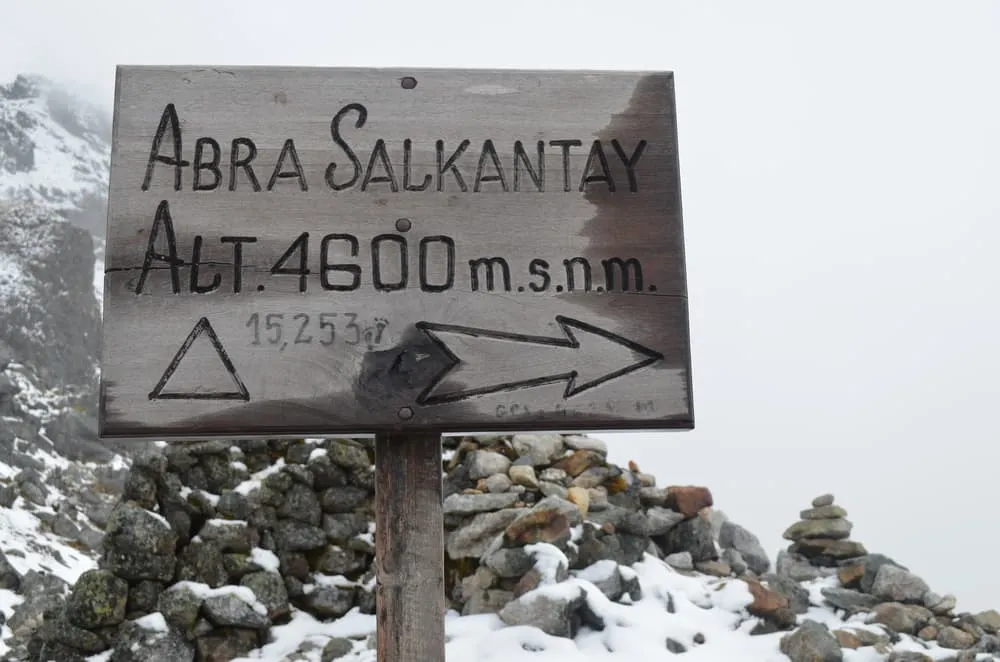


Comments